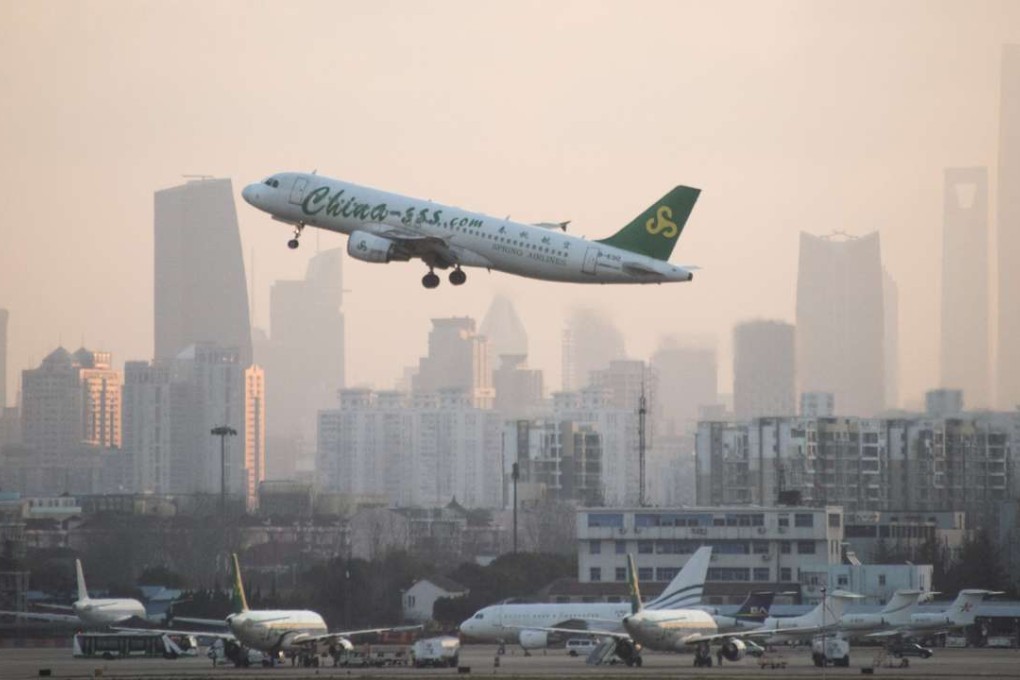Inside Out | What third runway? Hong Kong needs another airport

By 2034, the International Air Transport Association (IATA) says that one in five passengers worldwide will be travelling to China, from China, or within China. There could be no better proxy for the fast emerging Chinese consumer economy – and for the way China is standing global aviation on its head.
If you want to feel excited, the implications for the global tourism industry, and all services linked with it, are giddying. If you want to feel gloomy, nothing could better illustrate the massive “system stress” that China is exerting on the world economy. Take your pick. Either way, the numbers are awesome.
Already, 120 million mainland Chinese passengers travel internationally by air – making China the world’s largest single source of international travellers. And as China’s carriers wrestle to keep up with demand, they are bumping into all sorts of hassles that are going to be extremely challenging to resolve.
I talked about some of these a few weeks ago – the challenge of building runways and airport facilities to handle the growing number of air travellers around the region; the challenge of training pilots and technicians to service aircraft; the challenge of training air traffic controllers to manage flight movements about the region without planes bumping into each other.
But a fascinating analysis in Orient Aviation last week highlighted a further massive challenge: negotiating all of the bilateral air services agreements that will dictate which airlines can fly between countries and how frequently.
If you ever needed demonstrable proof of how valuable the World Trade Organisation’s multilateral trade agreements are, then look no further than the nightmarish labyrinth of bilateral air services that today determine where and how often aircraft can fly around the world.
